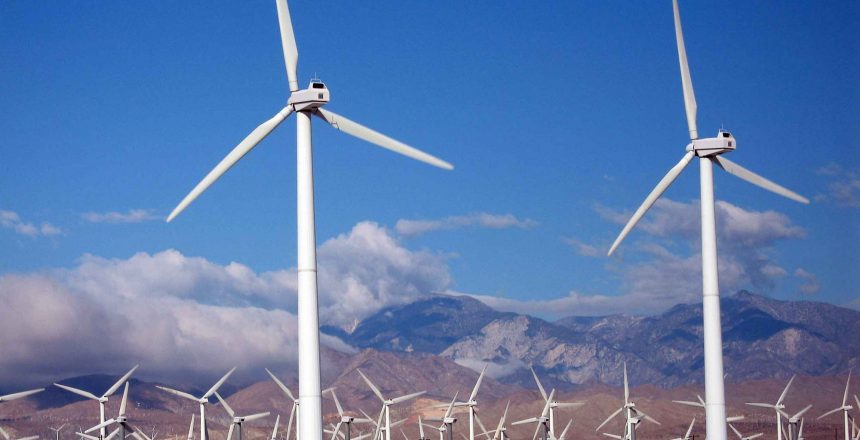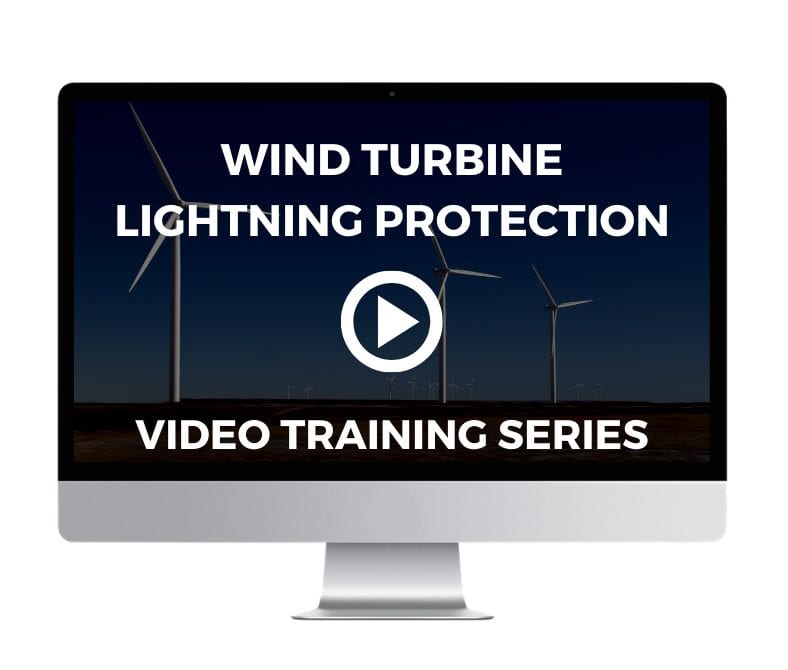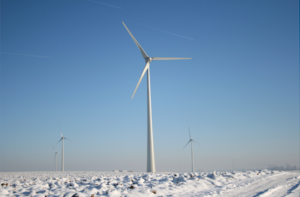Growing, developing industries and technologies are exciting – and if you agree, you may be an engineer, too. Watching and working with people in the wind energy industry over the past 20-plus years has been an interesting and inspiring experience.
Most people agree that wind probably can’t solve all of our energy needs, nor can it magically fix all of our environmental problems. The wind turbine experts we work with are well aware that wind is an important part of our energy future, and they know it’s not the whole future.
To be clear, it’s already a big and important part of the worldwide energy picture – and it’s getting bigger.
According to some estimates, by 2040, investments in wind energy will account for a third of all investments in renewable power. All, as in globally. Sure, that leaves a lot of room for other technologies, but wind power is here to stay. As technologies go, it’s way past the emerging point but it’s still a young industry. And it’s a largely unregulated one.
Regulations, yay! Everyone’s favorite topic, right?
At Weather Guard, our job isn’t to advocate for regulations, but we do see the beauty in standards and note that there are many advantages of regulations, for consumers as well as businesses.
Largely unregulated business sectors can grow quickly and develop new, more efficient and effective technologies that speed up market acceptance. That’s a good thing. But, a lack of regulations, and more so, a lack of standards, may be hurting wind turbine manufacturers, owners, and the entire wind industry.
Lightning Protection in the Wind Energy Industry
Because we provide lightning protection for aircraft and wind turbines, we work with developers in a variety of industries who are struggling to establish specifications for their products. We also hear from many wind turbine owners who find they were unprepared for the maintenance and operational expenses that come with those turbines. We’re thinking especially , for example, of the school systems that excitedly adopted green energy ideals, erected wind turbines to serve as real-world examples of those principles, and then, after a single lightning strike, realized they could no longer afford their ongoing operation.
Even large wind operations can be unprepared for the routine maintenance and “care and feeding” of wind farming equipment, particularly when it comes to damage that affects downtime. Lightning is just one of those issues, but (spoiler alert) it’s the one we know best. As more research is done, we’re finding the damage caused by even small lightning strikes – often called streamers – not only add up over time, they also degrade the dielectric properties of the blades, increasing the risk of additional strikes.
Who Should Manage the Risks of Lightning Strike Damage to Wind Turbine Blades?
In an article for Windpower Engineering & Development, DNVGL engineers Matthew Malkin and Alex Byrne took the bull by the horns, pointing out that wind turbine manufacturers, owners, and insurers all seem to be at the mercy of lightning – and that causes no small number of disputes. The article describes a twofold problem: Because lightning damage is considered force majeure, when turbines are struck, owners are stuck with the resulting repair bills and costly downtime. That approach is simply not an effective way to manage the risks.
“Lightning protection systems (LPS) are designed to minimize the risk of lightning damage. Some damage is expected from extreme strikes; however, damage that impairs the function of the turbine is expected to be limited to extreme lightning events — lightning events that exceed the design capabilities of the LPS. As a parallel, extreme weather events (e.g., tornadoes) may be expected to exceed design conditions for wind turbines and cause damage.” ~ Lightning, Wind Turbines, and Force Majeure, A Risky Mix – Windpower Engineering & Development
Of course, we are not at the mercy of lightning. It’s a powerful and somewhat unpredictable force, but it’s one we understand, very well.
In fact, Weather Guard has been protecting expensive equipment (aircraft, wind turbine blades, and a few other things) for about as long as, or maybe longer than, wind power has been a viable industry. We’re big on standards, regulation, safety, total cost of ownership, and those kinds of things, and if you’re concerned about how lightning protection affects your wind power investment, we’d like to talk to you.
Comparing Wind Turbine Lightning Diverter Strip Products
To illustrate how lightning diverter strips are designed to protect wind turbines, we created a highly visual specifications document that highlights how our lightning protection product, Strike Tape, is made and how it holds up in tests alongside another product. We think it illustrates the difference that expert design and high-quality materials make, and what that means in terms of protecting your investment against wind turbine lightning damage. To see what we mean, download the product info sheet here. And if you have questions about lightning diverter strips, please get in touch. We’d like to put our experience to work for you.

Resources for more info on the wind energy industry
- CleanPower 2021 is the industry conference bringing together leaders in the wind, solar, and storage markets.
- The Insurance Industry Institute wrote about insurance issues for offshore wind farms last year.
- The International Electrotechnical Commission (IEC) published a paper in 2018 explaining dangerous lightning events and their effects on wind turbines.
- Uptime is our weekly wind energy podcast – join us for these fun, informative chats!






